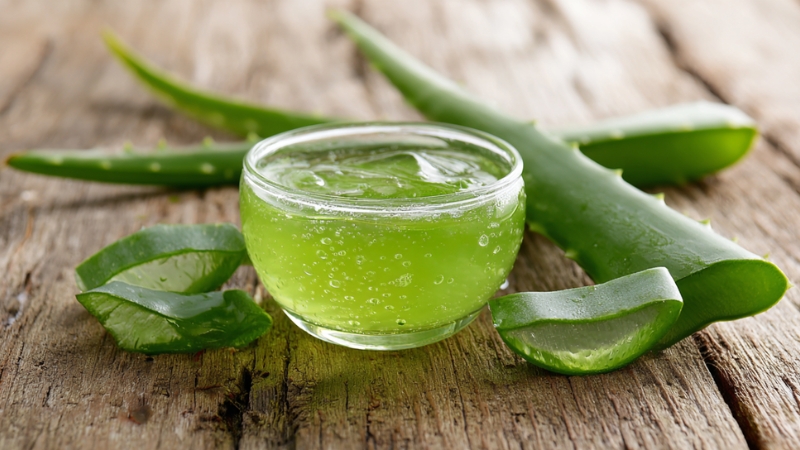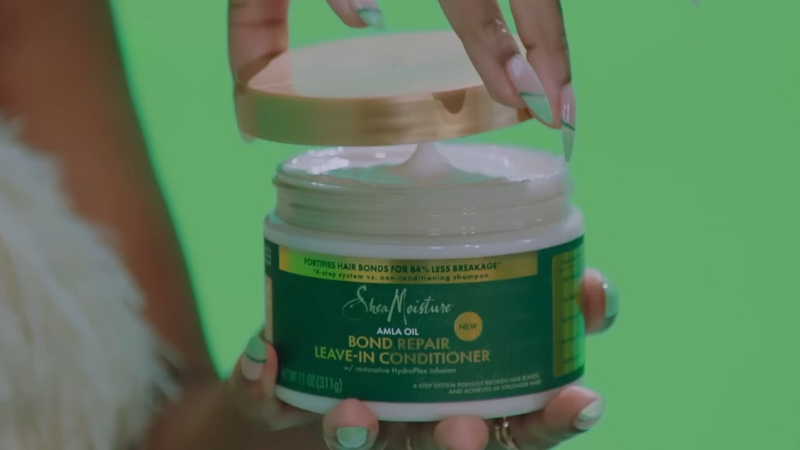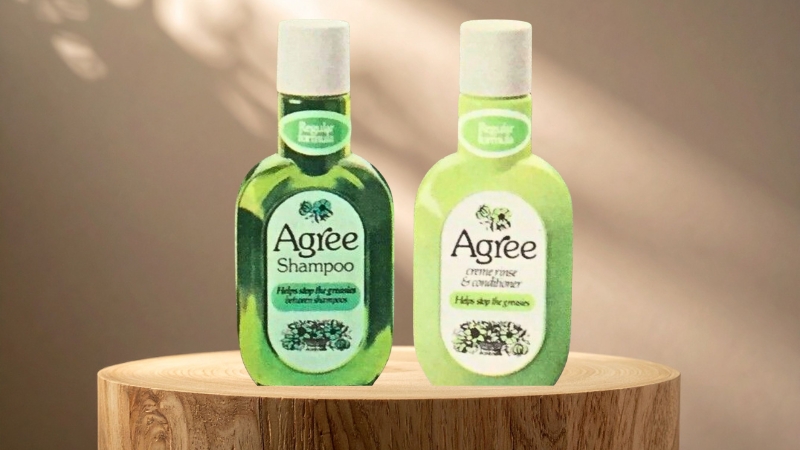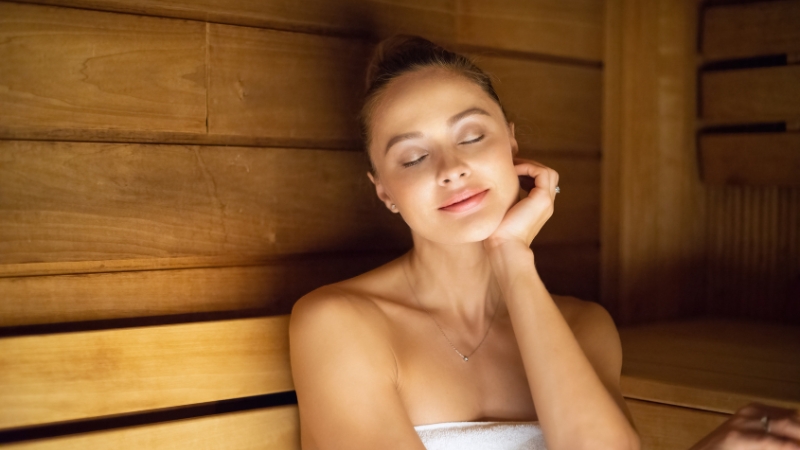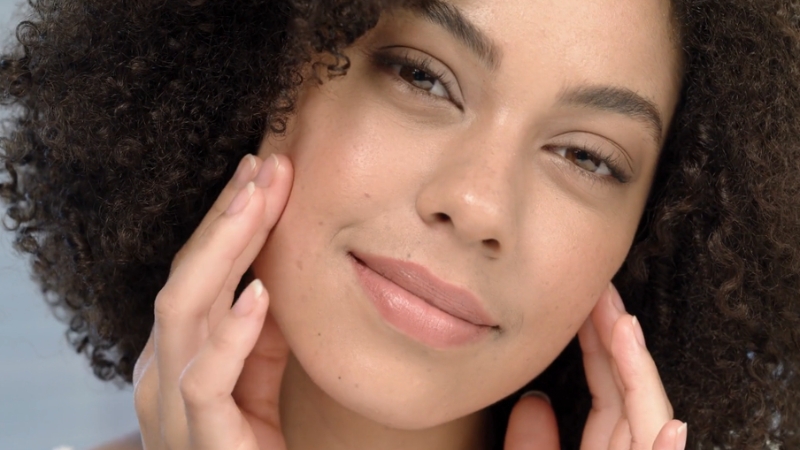
Share Post:
Skin aging is not just a matter of genetics or the number of candles on your birthday cake. While the passage of time certainly plays a role, scientific evidence shows that lifestyle and environmental stressors are far more influential in determining how quickly your skin shows visible signs of aging.
Chronic psychological stress, poor sleep quality, exposure to pollution and ultraviolet radiation, high-sugar diets, smoking, and alcohol consumption have all been proven to damage the skin at a cellular level.
These factors disrupt essential biological processes such as collagen production, cellular turnover, and antioxidant defense, ultimately leading to wrinkles, sagging, dullness, and hyperpigmentation.
The good news is that once you understand how these mechanisms work, you can take targeted, evidence-based steps to protect and improve your skin.
The Science of Skin Aging
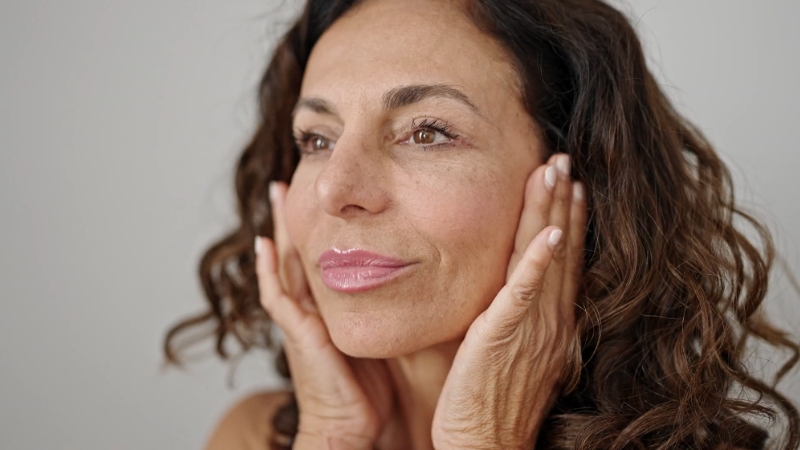
Skin aging is driven by two major processes:
Type of Aging
Description
Key Drivers
Intrinsic Aging
Natural, chronological aging due to genetics and time
Telomere shortening, hormonal decline
Extrinsic Aging
Accelerated by environmental and lifestyle factors
UV radiation, pollution, stress, poor diet, and smoking
Key Molecular Mechanisms
1. Psychological Stress and Skin Aging
A 2014 review in Inflammation & Allergy Drug Targets found that stress increases skin permeability, water loss, and inflammatory cytokines like IL-6 and TNF-α. These accelerate wrinkle formation and pigmentation.
A study published in Experimental Dermatology (2017) showed that women with high perceived stress had lower skin barrier recovery and significantly lower hydration levels than their low-stress counterparts.
What You Can Do
In more severe or persistent cases, structured support may be necessary. According to the services provided by Purpose Healing Center, residential treatment center offers inpatient mental health care that includes therapy, stress management techniques, and holistic wellness plans.
This type of focused, immersive care can support individuals who are struggling with stress-related mental health issues that may also be accelerating physical aging processes, including those visible in the skin.
2. Poor Sleep Accelerates Cellular Aging
Sleep is when the body undergoes critical repair processes, and the skin is no exception. During deep sleep, the body increases blood flow to the skin, boosts collagen production, and initiates cellular turnover. A consistent lack of quality sleep impairs these restorative functions, leading to dullness, fine lines, and impaired barrier function.
A landmark study conducted by researchers at University Hospitals Case Medical Center and published in Clinical and Experimental Dermatology found that poor sleepers had significantly more fine lines, uneven pigmentation, and reduced elasticity than individuals who slept well.
Moreover, their skin took more than twice as long to recover from exposure to ultraviolet light.
What You Can Do
Tip
Why It Works
Sleep 7–9 hours
Supports circadian repair of skin
Avoid screens before bed
Blue light disrupts melatonin
Use night creams with peptides or ceramides
Supports skin’s overnight recovery
3. Diet and Sugar: The Hidden Collagen Killers
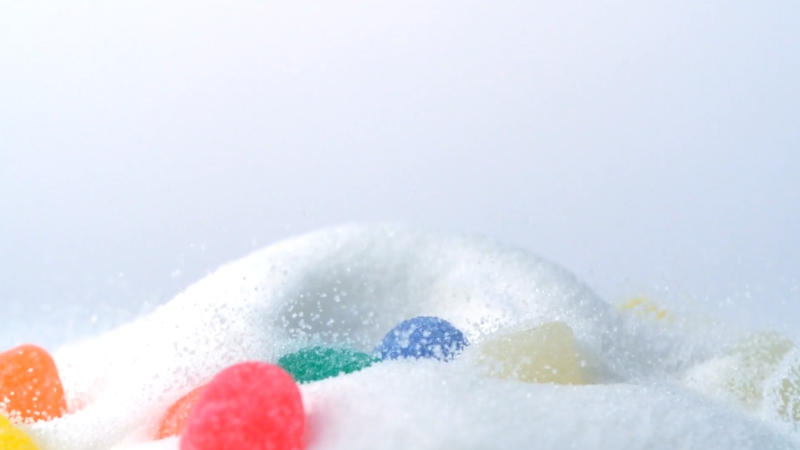
AGEs (Advanced Glycation End-products) accumulate in collagen and elastin fibers, making them rigid and leading to premature wrinkling. A 2020 review in Nutrients emphasized that high-sugar diets are strongly correlated with faster skin aging.
Food Component
Skin Impact
Sugar (glucose/fructose)
Forms AGEs → wrinkles, stiffness
Processed fats (trans fats)
Pro-inflammatory
Antioxidants (vitamins A, C, E, polyphenols)
Reduce oxidative stress
What You Can Do
4. Pollution and UV Radiation: Environmental Enemies
@teawithmd #stitch with @jessrgreenwood What causes #aging of the skin or influences how your skin ages? Mainly exposure to UV radiation, pollutants, smoking, and genetics. #sunscreen is the BEST #antiaging tip I can give you. You’re welcome #dermbypark ♬ original sound – Dr. Joyce Dermatologist
Airborne pollutants such as particulate matter, ozone, and nitrogen dioxide penetrate the skin and trigger the formation of reactive oxygen species, which damage cell membranes and proteins. Combined with ultraviolet radiation from sunlight, these environmental factors are responsible for up to 80 percent of visible skin aging.
A study published in the Journal of Investigative Dermatology demonstrated that individuals living in urban areas with high air pollution levels had significantly more age spots and deeper wrinkles compared to those in less polluted environments.
UV radiation, particularly UVA, penetrates deep into the dermis and breaks down collagen fibers. It also causes mutations in skin cells that can lead to both premature aging and skin cancer.
Source
Skin Effect
UV-A/UV-B
Breaks down collagen, causes mutations
PM2.5 (air pollution)
Increases pigmentation, inflammation
Cigarette smoke
Destroys vitamin C, reduces blood flow to the skin
What You Can Do
Strategy
Benefit
Daily SPF 30+
Blocks UV-induced collagen damage
Antioxidant serum (Vitamin C, niacinamide)
Neutralizes ROS
Double cleanse at night
Removes particulate matter and toxins
5. Smoking & Alcohol: Accelerants of Aging
Heat Can Age You As Much As Smoking, a New Study Finds https://t.co/Cbt6DWIYk5
— Slashdot (@slashdot) March 17, 2025
Smoking deprives the skin of oxygen and essential nutrients by constricting blood vessels. It also introduces thousands of harmful chemicals that degrade collagen and elastin and reduce the effectiveness of antioxidants. Smokers often develop deep facial wrinkles, a grayish skin tone, and a leathery texture at a much younger age than non-smokers.
Alcohol is another lifestyle factor that damages skin from within. It dehydrates the body, disrupts sleep, inflames the gut microbiome, and impairs liver detoxification — all of which are reflected in the skin. Chronic alcohol use is associated with redness, puffiness, broken capillaries, and a general loss of skin clarity and tone.
A well-known twin study published in Plastic and Reconstructive Surgery compared identical twins with differing smoking and drinking habits. The twins who smoked and drank heavily showed significantly more pronounced aging markers, including deeper nasolabial folds and drooping eyelids.
Reducing or eliminating these habits leads to rapid improvements in skin appearance and long-term reductions in aging markers. Hydration, nutrient-dense diets, and skin barrier-repairing skincare can support recovery.
Final Recommendations: How to Reverse and Prevent Skin Aging
Lifestyle Factor
Evidence-Based Action
Stress
Mindfulness, therapy, and adaptogens
Sleep
Consistent sleep schedule, no screens
Diet
Low-sugar, high-antioxidant, omega-3 rich
Environment
SPF daily, antioxidant skincare, and air purifiers
Habits
Quit smoking, limit alcohol, and hydrate
Bottom Line
Skin aging is not a random process. It is a cumulative result of environmental exposure, lifestyle choices, and biological stressors that interact with your skin’s physiology daily.
Scientific research confirms that chronic stress, inadequate sleep, pollution, poor diet, smoking, and alcohol are not just harmful to overall health; they are directly responsible for many of the skin changes associated with aging.
But there is a silver lining. You can take control of your skin’s future by making small, consistent changes.
With the right combination of stress management, nutrition, sleep hygiene, skincare, and lifestyle choices, you can significantly delay the visible signs of aging and maintain healthier, more resilient skin for years to come.
Related Posts:
- How Much Does a Hot Tub Weigh and Can You Move It By…
- Does Petroleum Jelly Expire? Truth About Vaseline's…
- Does Shea Moisture Expire? 5 Tips to Increase Its Shelf Life
- Does Aloe Vera Gel Expire? Shelf-Life Secrets & Tips
- Does Self Tanner Expire? - Learn About Shelf Life
- Struggling with Dry and Oily Skin? Your Products May…



